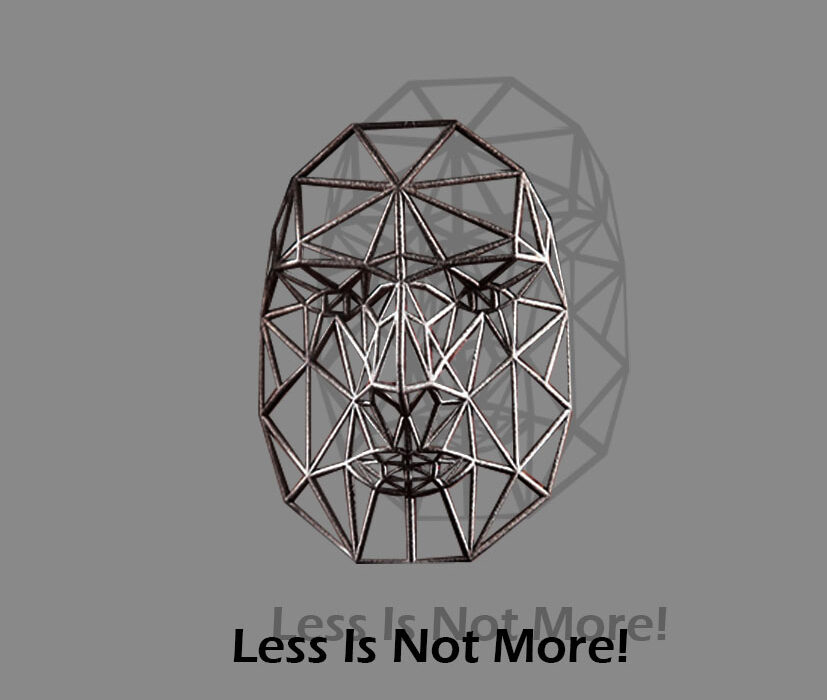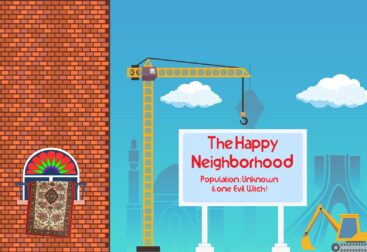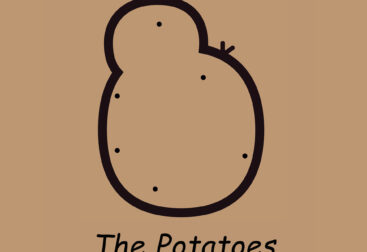Role: Game Designer
For this project, I was asked by a friend to design a game based on her graduation thesis. After reading her papers and doing additional research on the subject, I created a game concept for a card game that can be played and presented during her final presentation. In a duration of two months, I turned the concept into a prototype, playtested it many times, and made the final draft of game components and rules to be played by the teachers.
Challenges:
The main challenge of this project was to create an interactive experience to navigate and understand the issues of privacy and architecture in our modern lives. I had to design a concept that is not only fun to play but also supports the research around it. For this purpose, I started gathering material from the thesis that can be implemented in a game. After that, I wrote a game concept document based on this research about a character that is trying to protect his information from invaders. After discussing the concept with my friend, I started designing the game mechanics and cards to playtest the game. The final version of the game was playable in a short amount of time by up to five people in her final presentation.
This game is a collaboration with Arghavan Khaefi for her master’s thesis in Architecture at Eindhoven University of Technology.

History Of The Game
What constitutes privacy for people living in the 21st century is of a different nature compared to the past. Currently, being emerged in various technological developments that at times make living undeniably easier and more convenient, the topic of privacy has entered a stage of evaporation.
Privacy was once maintained with the provision of borders and walls, within the domain of architecture. However, by equipping every individual with a smartphone, their living quarters with smart systems, and their cities with sensors and cameras, the basic understanding of what is deemed private has been altered.
This change in viewing privacy has happened so seamlessly, that at times it is hard to determine what things belong to the private realm. And as the convenience of living a public life overwhelms the advantages of acquiring a private one, we tend to overlook the consequences of allowing such vast utilization of private information at the hand of corporates, that are not solely using data as consumer goods for monetary incentives but also for extracting private information that at the right amount, put them on top of the power hierarchy, allowing them to calculate, observe, and modify the future.
Consequently, sharing private information, either willingly, out of ignorant, or without consent, leads to us losing our basic rights as human beings. The right to privacy, freedom of speech, democracy, and even freedom to think.
As a step towards preventing such a dystopian future, the game Less Is Not More was designed to bring awareness to people regarding their lack of privacy of our current time and to familiarize people with different tools that may reinstate their lost privacy.
Game Description
Data is power and everyone’s trying to steal it! This game is a quest for designing the most private space while protecting your data against all invasions.
Each player, being in possession of a naked character card, has to attempt in covering their character and their private items with the help of Data Tokens. To do so, payers need to collect privacy cards that award them with Data Tokens. In contrast, the Invasion Cards can remove a token from the characters, threatening their privacy.
In a battle between using different elements that promise us a fraction of privacy and the systems that find their way into our private realm to reduce our private state, the winner is the one who manages to create the best private space, making use of privacy cards to address the type of privacy invasion that the Invasion Card represents.



